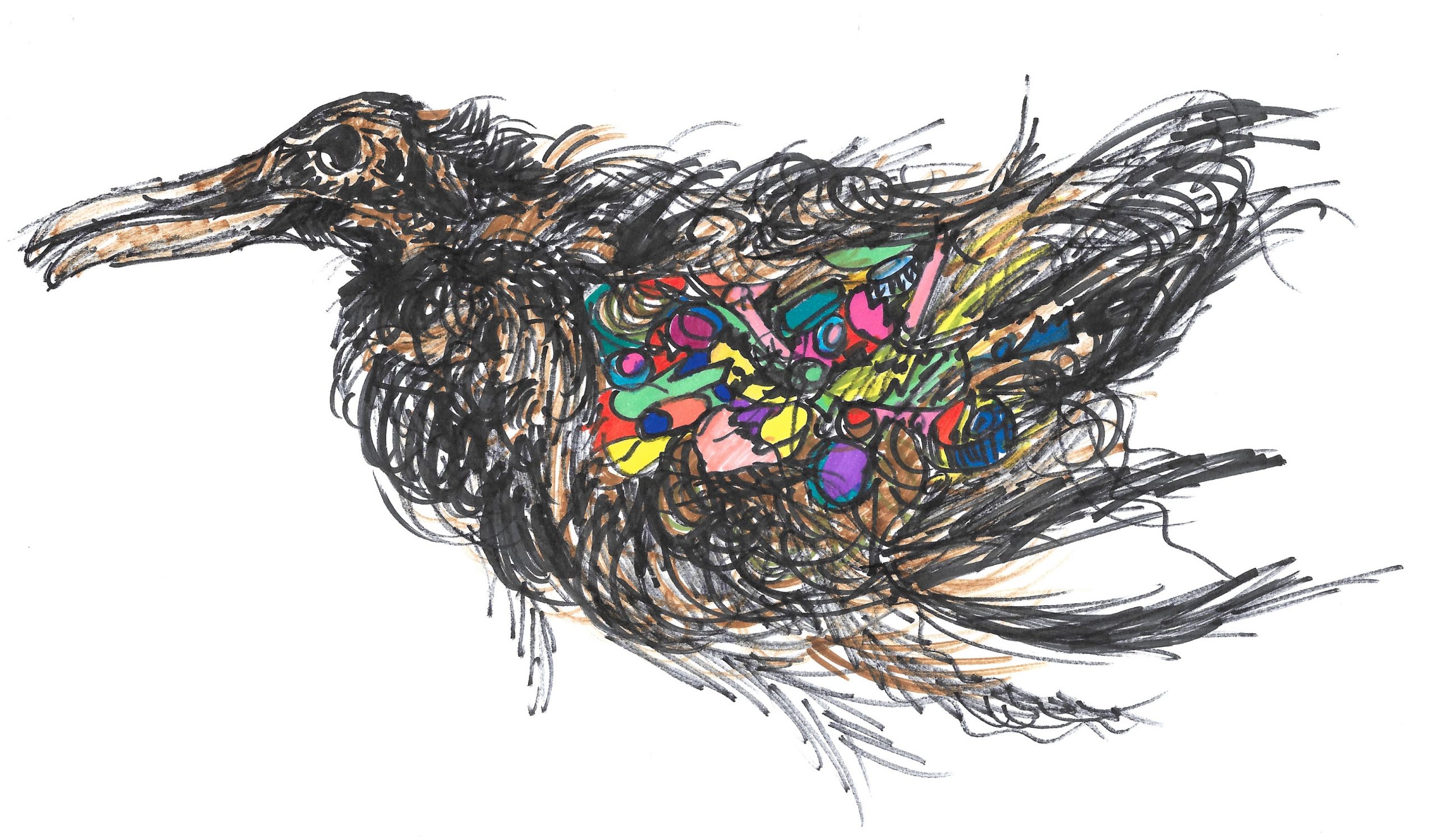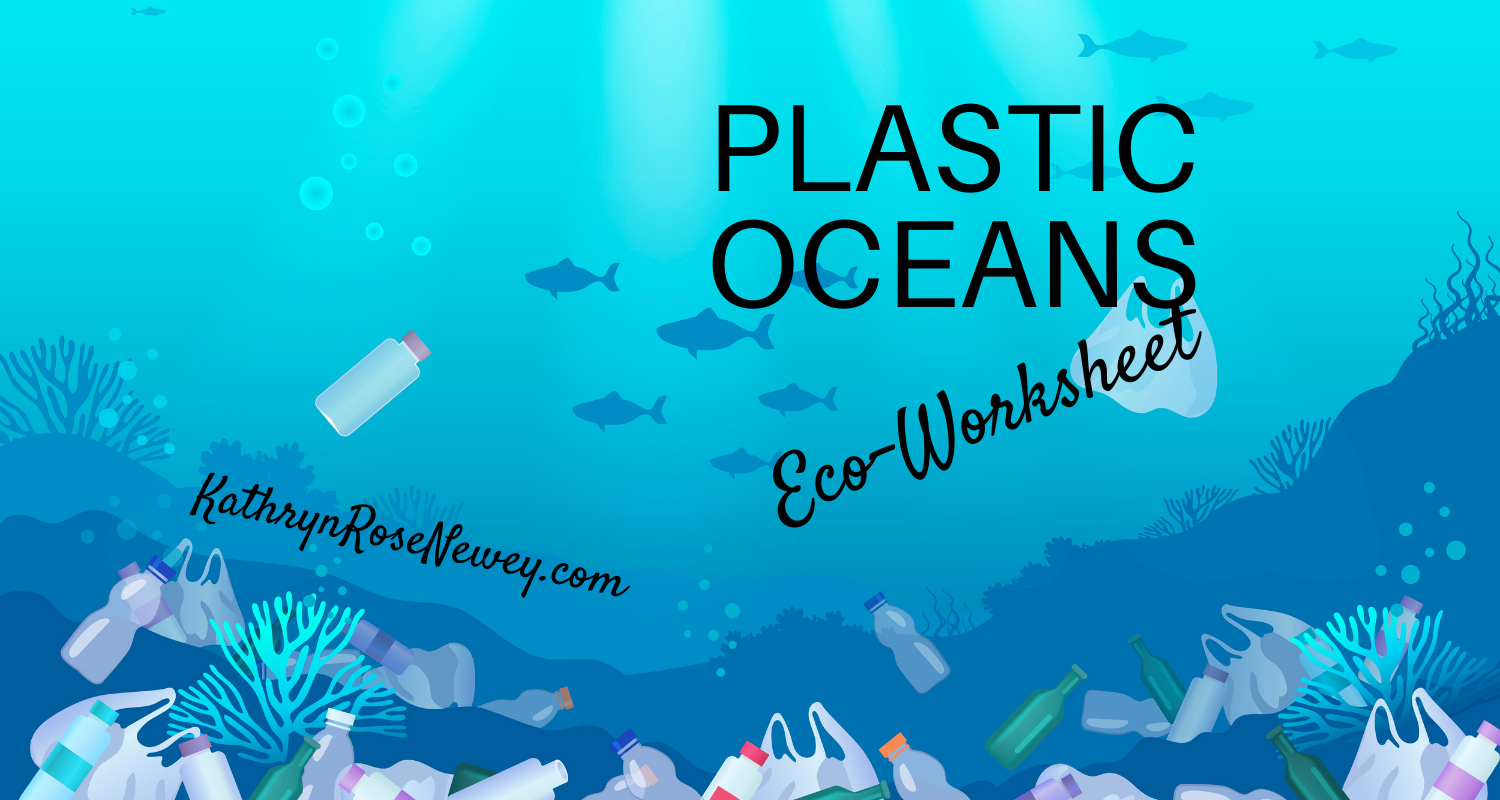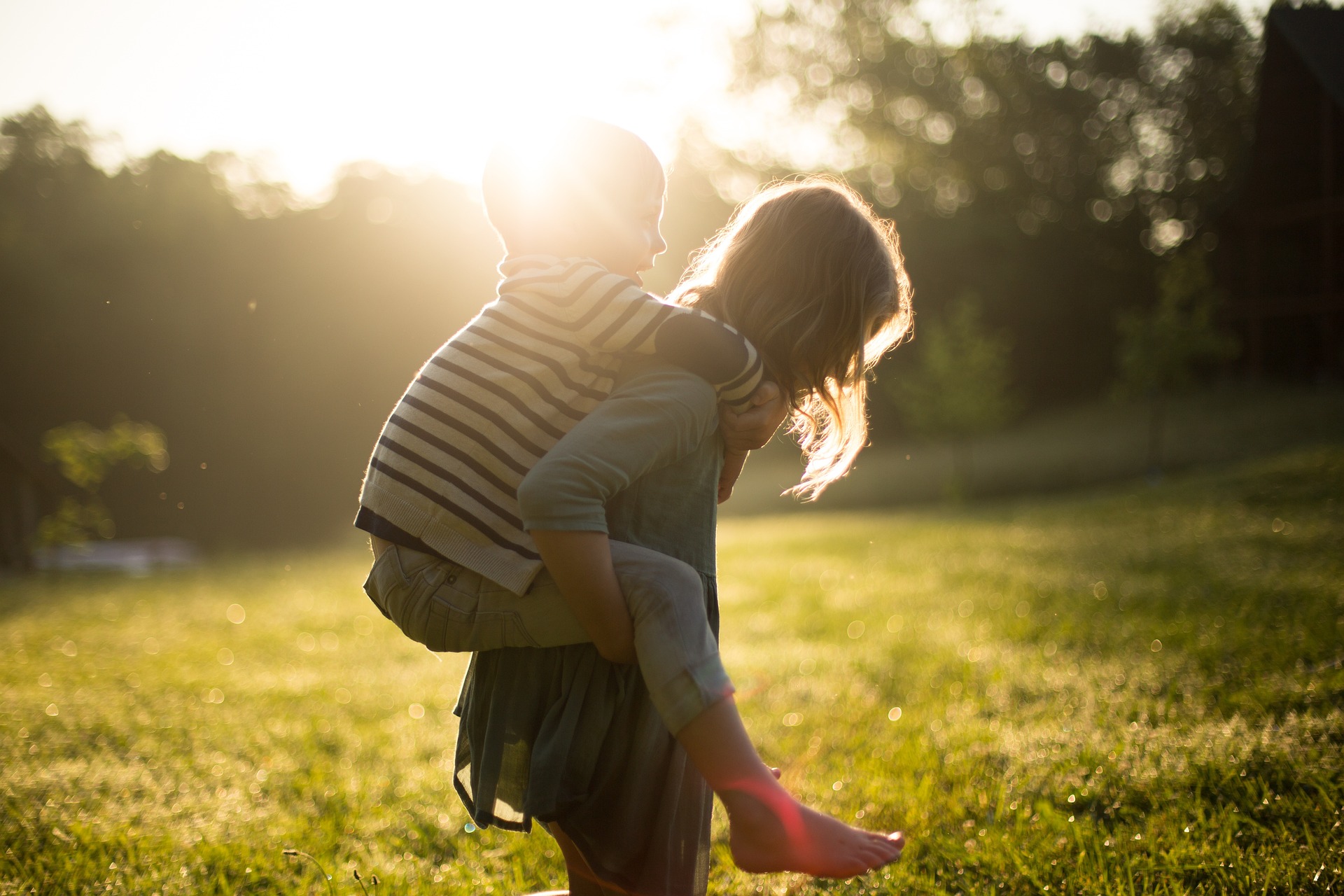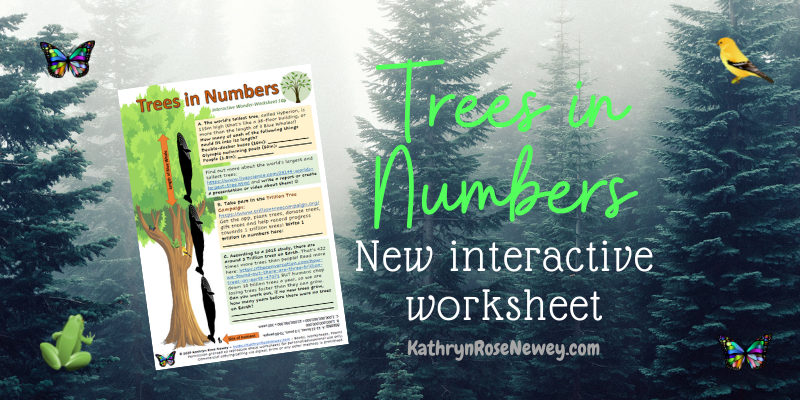Plastic is a wonderful, useful, clever thing we humans invented and now can’t seem to live without.
From bags that hold our shopping, to plant pots, to computer keyboards, to furniture, to pens, to containers for foodstuffs…
It’s everywhere.
But I was saddened recently to be reminded of how most of the plastic thrown away by humans ends up in the oceans.
And then, once churned up by the oceans into tiny pieces, it gets eaten by seabirds and larger sea animals (because the floating, colourful bits of plastic look like little sea animals or plants, which larger sea animals would normally eat).
 Tragically, often it gets stuck in their stomachs, and they die painful, horrible deaths, starving because real food can’t fit into their stomachs or be digested properly anymore.
Tragically, often it gets stuck in their stomachs, and they die painful, horrible deaths, starving because real food can’t fit into their stomachs or be digested properly anymore.
Lots of sea animals get plastic bags, bottles and plastic fishing nets stuck around them, and suffer due to restricted movement or wounds, or die by drowning.
Once smaller bits of plastic have been digested by fish, it ends up in our bodies too, when we consume that seafood.
Plastic also releases dangerous chemicals into the sea as it breaks up, changing the chemistry and pH of the seas and making it harder for plants and animals to survive in the seas, and changing the weather too, as the oceans impact the ecology and weather systems of the whole planet.

We all need to do our bit!
- Buy less plastic (reuse those bags),
- Stop throwing so much plastic away (where most of it will eventually make its way to seas),
- Reuse plastic containers and bags (does it really matter if they have brand names on them, or don’t match your kitchen?),
- Repurpose things (learn how to make useful or beautiful things out of things you would have thrown out),
- Or make sure any plastic you throw away can be recycled, and will be properly recycled.

Get the kids involved.
How about starting with this new ‘Plastic Oceans’ worksheet?
When you sign up to my newsletters (form alongside or below), I’ll send you my Hedgehogs poster & worksheets pack for free, to say thanks. I’ll also invite you to join my paid educational resources community, where you’ll get unlimited access to all my worksheets, posters, videos and more, including the Plastic Oceans worksheet, plus new content.
If you previously signed up and are looking for the worksheets & posters, please use the exclusive subscribers-only link in my newsletter emails.
It’s not all bad news.
You may be interested to know about some of the innovative ways people are recycling or repurposing plastic waste from the sea or beaches:
Ocean Plastic Pots make plant pots from waste rope and fishing nets to stop them ending up in the oceans: https://oceanplasticpots.com/
Method makes plastic bottles for their handsoap and dish soap from recovered ocean plastic and other recycled plastics: https://methodhome.com/beyond-the-bottle/ocean-plastic/
Ocean Cleanup makes sunglasses from plastic collected from the Great Pacific Garbage Patch: https://products.theoceancleanup.com/
Smile Plastics makes some building or manufacturing materials out of recycled ocean plastics: https://smile-plastics.com/ocean/

Some more resources for you on this topic:
More free Eco-Worksheets: “Planet Plastic”: https://kathrynrosenewey.com/planet-plastic-worksheet/
52 Things You can do to Save the Planet – Prep your Plastics: https://kathrynrosenewey.com/52-things-week-2-prep-your-plastics/
Single Use Plastics – 5 Ways to Reduce Yours and Save the Earth: https://kathrynrosenewey.com/single-use-plastic-5-ways-reduce-save-earth/
Plastic in ocean header image by https://www.shutterstock.com/g/HilaryGraphicArt
Fish in ocean image by: https://pixabay.com/users/joakant-313743/
Clean and dirty ocean image by: https://pixabay.com/users/wild0ne-920941/




